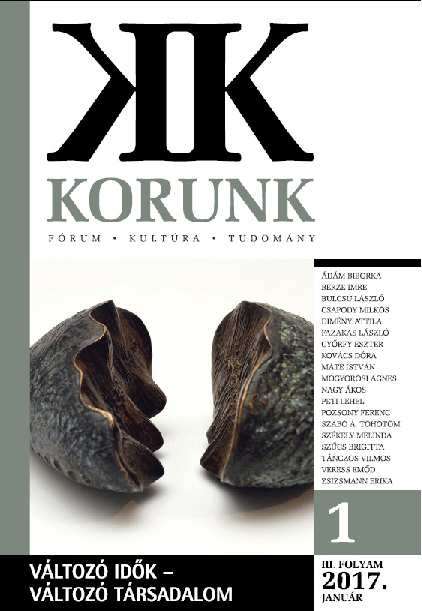A jobbágytelki kollektivizálás története
The Collectivization Process in Jobbágytelke/Sâmbriaş
Author(s): Ákos NagySubject(s): Local History / Microhistory, Post-War period (1950 - 1989)
Published by: Korunk Baráti Társaság
Keywords: collectivization in Romania; communism; social changes; farming; traditional lifestyle
Summary/Abstract: Jobbágytelke (Sâmbriaş) is a Hungarian village in Mureş County, Romania. During the communist period this village was in a special situation, because contrary to the majority of the rural settlements, in Jobbágytelke the collectivization process of the 1950s and 1960s did not take place: the peasants continued the traditional agriculture with their own equipment on their own lands. Beside this, some new economical strategies evolved in the village (straw weaving, hat making, cattle breeding for selling, illegal schnapps making), which all contributed to the financial prosperity of the villagers. This was in contrast compared to the neighbouring, collectivized settlements where young people moved away to the industrial centres. These villages remained with the older inhabitants, which lead to the degradation of the traditional lifestyle and customs. In Jobbágytelke, however, the special economic situation affected the cultural and social life of the village. Because the local youth did not migrate, the traditional lifestyle and the customs remained unchanged, so the village was more viable till 1989.
Journal: Korunk
- Issue Year: 2017
- Issue No: 01
- Page Range: 50-58
- Page Count: 9
- Language: Hungarian

